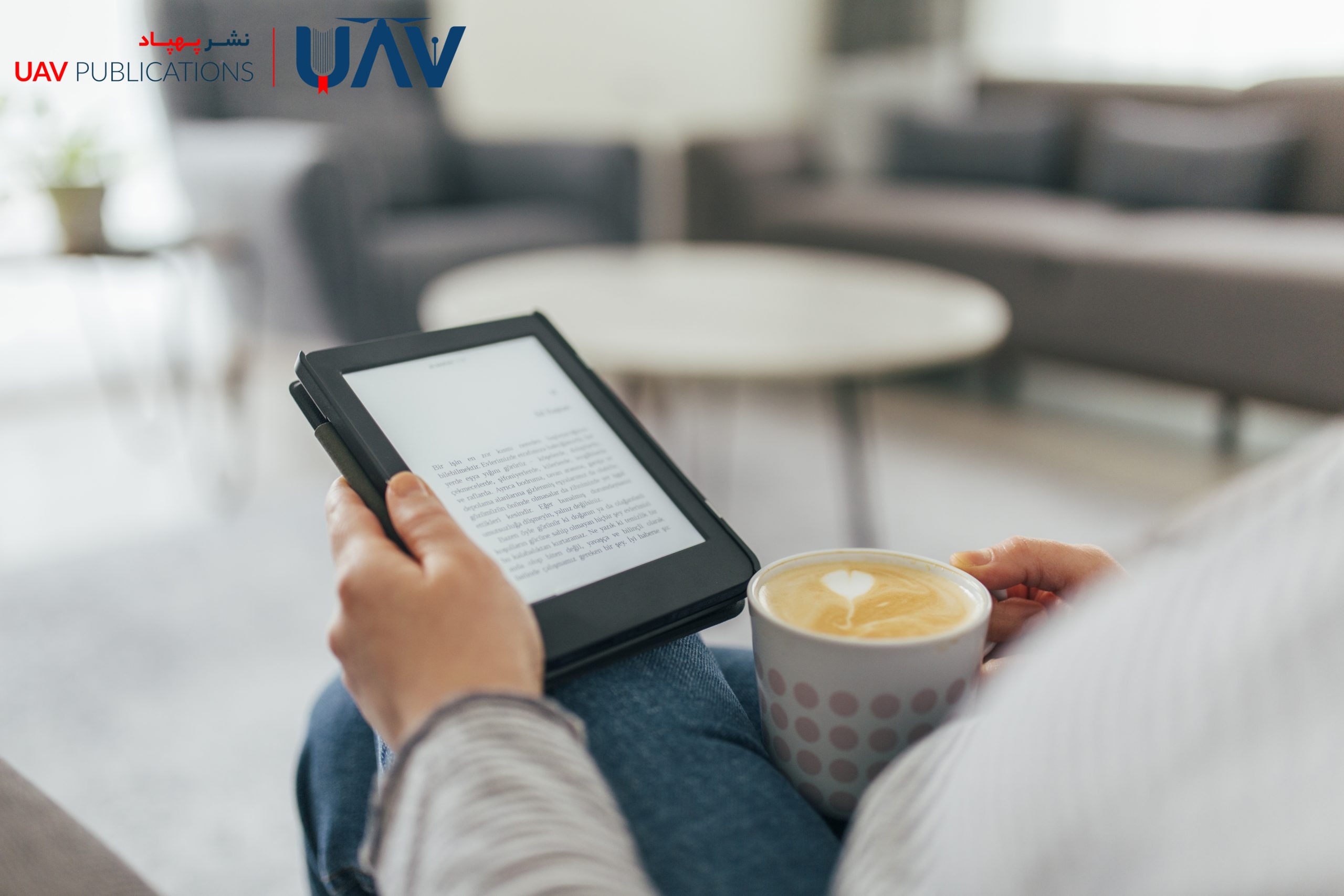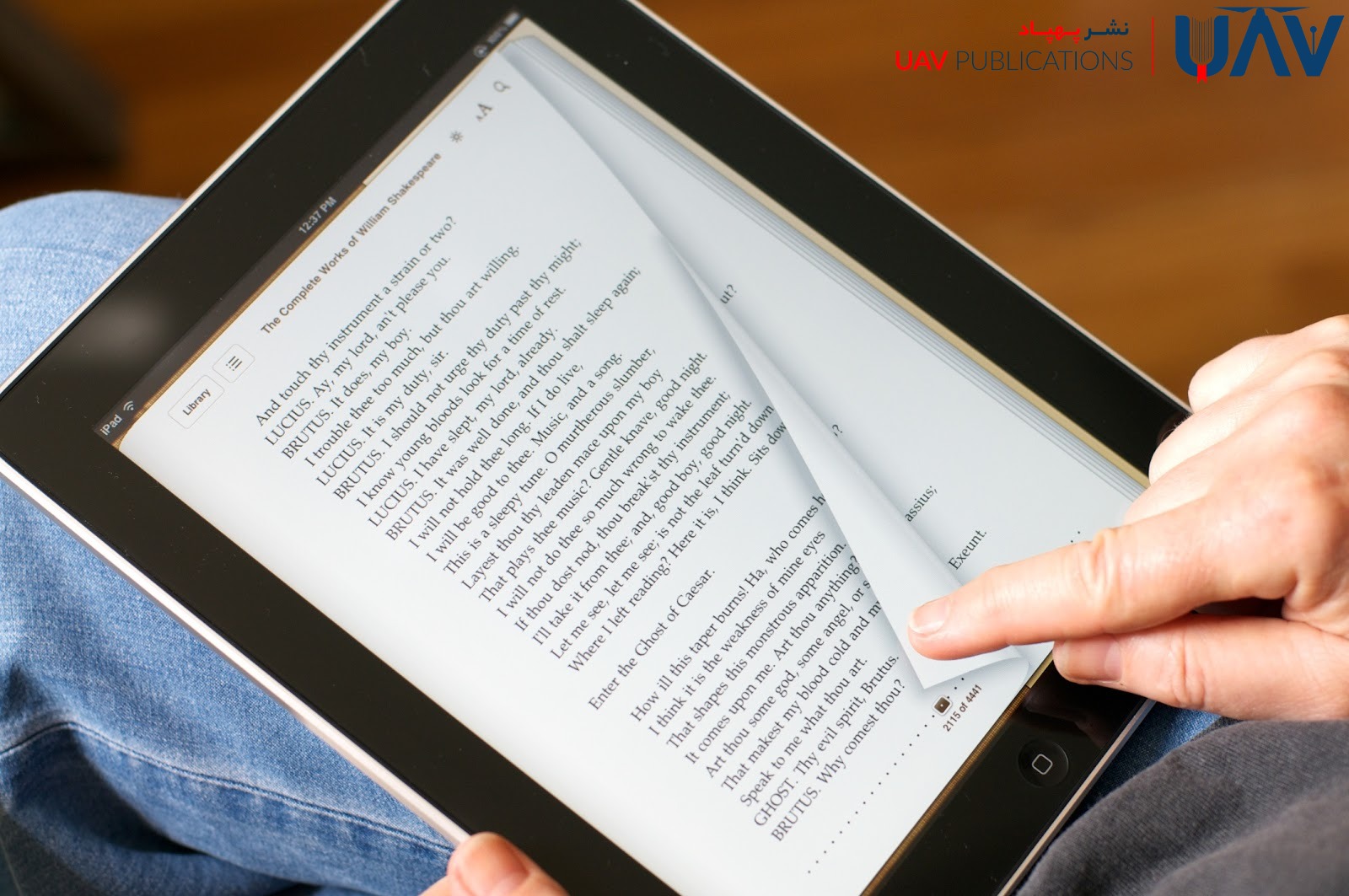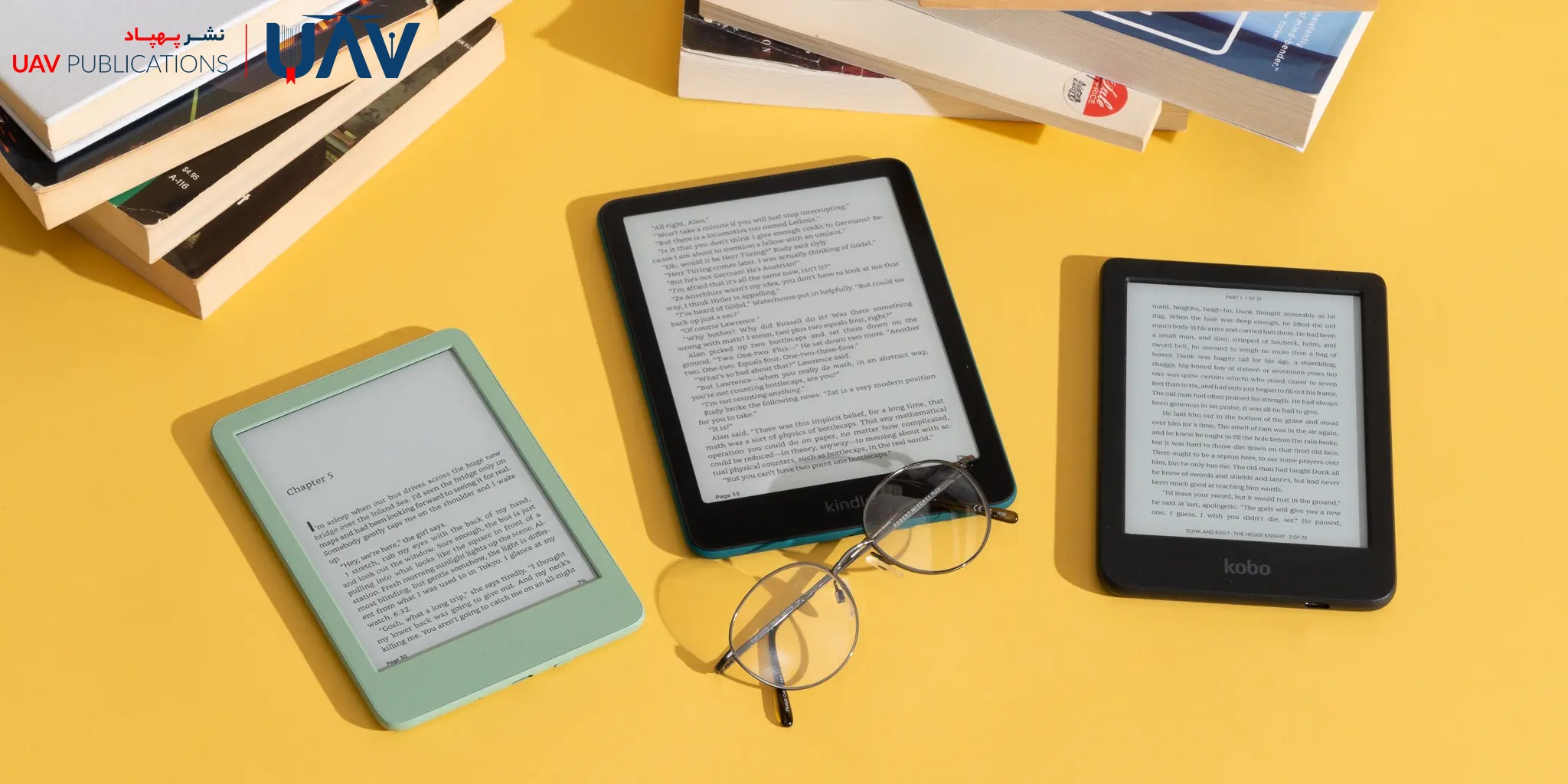A second-hand e-reader refers to a device that has been previously owned and used by someone else, now sold as a pre-owned item. These e-readers often enter the second-hand market for various reasons—owners may upgrade to newer models or simply no longer need the device. Provided they are in good condition and lightly used, second-hand e-readers can be an economical and practical option for those looking to explore the world of digital reading at a lower cost.
The primary benefit of purchasing a second-hand e-reader is its significantly reduced price compared to a new unit. Many of these devices are available on the market without technical defects and with satisfactory battery performance. However, when purchasing, one should pay close attention to factors such as screen integrity, battery life, software status, and account lock conditions (such as Amazon account lockout). Buying from reputable stores or trustworthy individuals increases the likelihood of receiving a reliable and functional device.
With the growing popularity of digital reading, the second-hand e-reader market has also expanded, offering a cost-effective path to technology access while fostering a culture of reading.
Why a Second-Hand E-Reader Is a Smart Choice
In a world where technology advances at an unprecedented pace, many readers seek to experience digital reading without the high upfront cost. Purchasing a second-hand e-reader has become a popular and savvy option among book lovers. Functionally, these devices often perform similarly to new ones, yet they come at a fraction of the price. Users can gain access to the same features and performance by paying as little as one-half or even one-third of the cost of a brand-new device.
Most people sell their e-readers not because of damage or malfunction, but due to upgrading or personal preference. As a result, the pre-owned market is full of high-quality options. Furthermore, choosing a second-hand device not only reduces expenses but also contributes to minimizing electronic waste, positively impacting the environment.
The key to a successful purchase is being well-informed. This guide is designed to offer practical advice, helping you make a satisfying and confident buying decision.
Trusted E-Reader Brands in the Second-Hand Market
Selecting a reputable brand is a crucial step when purchasing a second-hand e-reader. Some brands have proven their reliability, durability, and ongoing software support over the years. Even used devices from these manufacturers offer peace of mind. Notable and trusted brands include Amazon Kindle, Kobo, and PocketBook.

Amazon Kindle devices are especially popular due to their seamless integration with the Amazon bookstore and frequent software updates. Kobo, on the other hand, appeals to users who prefer greater freedom in file formats and an open interface design—ideal for those who read outside of Amazon’s ecosystem. PocketBook enjoys popularity among Persian readers thanks to its support for the Persian language and its simple user interface.
Avoid unfamiliar or obscure brands, as they often lack accessible spare parts, software updates, and community support. Choosing a trusted brand ensures easier maintenance, access to helpful resources, and a better overall user experience.
Physical Condition Inspection
When purchasing a second-hand e-reader, assessing its physical condition is crucial. Begin by examining the screen—scratches, dead pixels, or cracks can significantly affect the reading experience. The device’s casing should also be inspected; signs of cracks, dents, or deep scratches may indicate previous impact damage. All physical buttons should function properly, and touch buttons, if present, should respond accurately.
Check the charging port, power button, and audio output (if available) for functionality. Battery condition is also essential; while battery health is hard to gauge instantly, you can estimate it by asking about its charge retention or observing its behavior while powered on. To be safe, try using the device briefly to test responsiveness in menus or while opening PDF files. A clean, well-maintained appearance can also suggest careful previous ownership. This simple yet critical step can prevent unexpected repair costs.
Battery Life and Longevity
Battery health is a crucial factor in purchasing second-hand e-readers, as battery replacements can be costly or complex in some models. Thanks to e-ink technology, e-readers generally consume minimal power. Ideally, a healthy battery should last between two weeks and a month on a full charge.
To evaluate battery status, turn on the device and observe how quickly the battery percentage drops over the next few minutes. A rapid decline suggests battery wear. Ask the seller how long the device has been in use and when it last held a full charge. Devices over three to five years old often show reduced battery capacity.
Some brands, like Kindle, offer hidden diagnostic menus to test battery health. Reviewing the number of charge cycles (cycle count) can also provide insights. Prefer sellers who are transparent about battery performance; if the battery needs to be replaced, factor that into the overall cost. A healthy battery significantly enhances the reading experience, especially for extended sessions or while traveling.
Language and File Format Support
One of the most critical considerations in choosing a second-hand e-reader is its support for the Persian language and various file formats. Many popular models don’t natively support Persian or require specific adjustments for right-to-left text alignment. If you frequently read Persian texts, choose an e-reader with full Unicode support and proper text rendering. Kobo and PocketBook generally offer better performance in this area than Kindle.

Also, verify whether the device supports formats such as PDF, EPUB, MOBI, AZW3, TXT, and audio files. Some models are notably slow when rendering large PDFs, which can hinder usability.
If you own DRM-protected books, ensure that your e-reader can open them. Software support is also crucial—devices that receive regular updates are more likely to support new formats in the future. In short, your purchase should align with both your language and technical needs to ensure a seamless reading experience.
Software and Operating System Evaluation
Many buyers overlook software performance and focus solely on the physical condition, but the device’s operating system is equally important. Older models may no longer receive updates, which can result in compatibility issues, security vulnerabilities, or bugs. Always check the installed OS version early in the process.
If the device can connect to Wi-Fi, test whether it can update smoothly. Ensure it supports integration with e-book stores (such as Kindle Store or Kobo Store), and verify the presence of syncing features like bookmarks and highlights. User interface design matters too; minimalistic and fluid interfaces enhance the reading experience, while clunky or slow UIs can detract from it.
Before purchasing, turn on the device, explore the menus, and test how quickly files open. Even brief lags can impact daily usability.
Fair Pricing for Second-Hand E-Readers
Pricing is one of the most challenging aspects of buying a second-hand e-reader. Unlike new products, whose prices are typically fixed by manufacturers or retailers, the prices of pre-owned items depend on factors such as condition, age, model, and specific software or hardware features.
As a general rule, a second-hand e-reader in good condition, and only one or two generations behind the latest model, should cost approximately 50–70% of the new price. If the device has a weak battery, screen damage, or partially functional components, the price should be lower.
Compare prices using local platforms like Divar, BamA, Torob, or international sites like eBay. Be cautious: some sellers inflate prices due to limited availability in certain regions. Take your time, compare offers, and avoid rushing—a fair price benefits both the buyer and the seller, supporting a healthy marketplace.
Buying In-Person vs. Online
Choosing between in-person and online purchases is another key decision. In-person buying allows you to inspect the device firsthand, checking the screen, buttons, battery, and software before making a purchase. This method is ideal for less experienced buyers who prefer to test the device before making a commitment.
Online shopping, however, offers access to a broader range of options. Platforms like Divar, Sheypoor, and dedicated Telegram groups for e-readers can be helpful. When buying online, vet the seller’s credibility, request clear photos and videos of the device, read reviews from previous buyers, and ask for a written warranty or trial period. Combining online research with in-person testing is the safest approach to purchasing a second-hand e-reader.
Safe Trading Tips for Second-Hand E-Readers
Security is paramount when buying a second-hand e-reader, especially in informal or peer-to-peer transactions. Avoid devices lacking an original box, official cables, or serial numbers—these could signal unauthorized repairs or stolen goods. For in-person purchases, meet in a public place and test the device thoroughly, including Wi-Fi connection and access to settings. If the seller refuses testing or gives vague excuses, cancel the deal.
In online transactions, never pay upfront without some form of buyer protection or written guarantee. Use platforms that offer escrow services or return policies. Note the serial number and verify it matches what appears in the device settings. Request proof of ownership (such as the original invoice or receipt). Following these simple precautions can help you avoid major issues later on.
Final Recommendation for Buying a Second-Hand E-Reader
In conclusion, purchasing a second-hand e-reader can be a highly cost-effective and intelligent choice, provided it is approached with care and knowledge. As outlined, factors such as trusted brands, physical condition, battery performance, Persian language and format support, updated software, fair pricing, purchase method, and transaction safety all play essential roles.
If you’re interested in digital reading but constrained by budget, a second-hand e-reader could open the door to a vast universe of literature. These devices often enjoy long lifespans and, when well maintained, can provide years of satisfying performance.
The final advice: never rush. Conduct thorough research, consult with other users, and carefully examine the device before making a purchase. By following these steps, you can confidently select the right second-hand e-reader and enjoy the digital reading experience with peace of mind.

